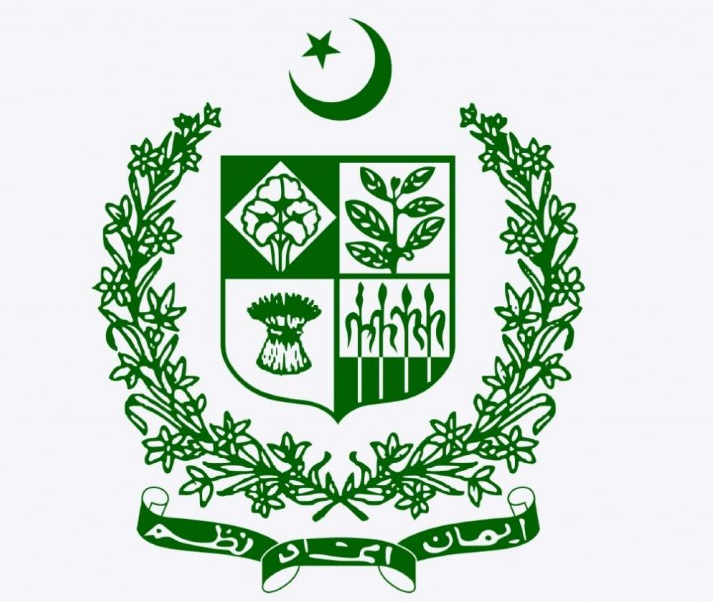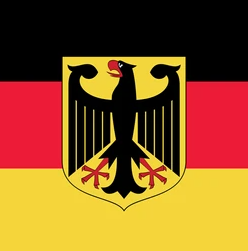Let’s inspect about Comoros National Emblem. Comoros, an archipelago located off the eastern coast of Africa in the Indian Ocean, is a country known for its stunning landscapes, vibrant culture, and unique history. One of the significant representations of its identity and unity is the Comoros National Emblem. In this article, we will delve into the rich symbolism behind the emblem, its historical significance, and its portrayal of the diverse elements that make up the nation of Comoros.
National emblems serve as visual representations of a country’s identity, heritage, and values. They encapsulate the unique characteristics that define a nation, fostering a sense of pride and unity among its citizens. Comoros, like many other countries, has a national emblem that holds great significance for its people.
Origins of the Comoros National Emblem
The Comoros National Emblem was adopted on January 7, 1976, shortly after the nation gained independence from France. Its design was inspired by the country’s cultural and historical elements, representing the aspirations and values of the Comorian people.
Design and Symbolism of the Comoros National Emblem
Crescent Moon and Stars
The central feature of the Comoros National Emblem is a white crescent moon encircled by four stars on a green field. The crescent moon symbolizes the Islamic faith, which is the predominant religion in Comoros. It reflects the deep-rooted religious beliefs and cultural heritage of the Comorian people.
Green Field
The green field on which the crescent moon and stars are positioned represents the fertile land of Comoros. It signifies the abundance of natural resources and the agricultural sector, which plays a crucial role in the country’s economy. The green color also symbolizes growth, prosperity, and harmony.
Traditional Dhow
Another prominent element of the emblem is a traditional dhow, a sailing vessel commonly used in the region for trade and transportation. The dhow represents the historical importance of maritime activities and the coastal nature of Comoros. It serves as a reminder of the country’s maritime heritage and its connection to the Indian Ocean.
Historical Significance of Comoros National Emblem
The adoption of the Comoros National Emblem marked an important milestone in the country’s history. It represented the culmination of the Comorian people’s struggle for independence and their desire for self-determination. The emblem became a unifying symbol that embodied the aspirations of the nation and its commitment to preserving its cultural and religious identity.
Evolution of the Comoros National Emblem
Over the years, the Comoros National Emblem has undergone minor modifications to reflect the changing dynamics of the nation. These modifications mainly involved adjustments in the size and positioning of the crescent moon, stars, and the dhow. However, the core symbolism and representation of the emblem have remained consistent, emphasizing the enduring values and heritage of Comoros.
The Emblem’s Representation of Comorian Identity
The Comoros National Emblem serves as a powerful representation of the collective identity and unity of the Comorian people. It encapsulates the Islamic faith, the country’s natural beauty, and its maritime history. The emblem is a source of national pride, fostering a sense of belonging among Comorians both at home and abroad.
Conclusion
The Comoros National Emblem stands as a testament to the rich heritage and unity of the island nation. Through its symbolism, it encapsulates the Comorian people’s cultural, religious, and historical significance. The emblem not only represents the nation’s past but also acts as a beacon of hope and inspiration for future generations of Comorians.
FAQs
1. What is the significance of the crescent moon and stars in the Comoros National Emblem?
The crescent moon and stars in the Comoros National Emblem hold religious and cultural significance. The crescent moon represents the Islamic faith, which is the predominant religion in Comoros. The stars symbolize the four main islands of the archipelago: Grande Comore, Mohéli, Anjouan, and Mayotte.
2. What does the green field represent in the emblem?
The green field in the Comoros National Emblem symbolizes the fertile land of Comoros and signifies the country’s abundant natural resources. It also represents growth, prosperity, and harmony.
3. Why is a traditional dhow featured in the emblem?
The traditional dhow featured in the emblem represents the historical importance of maritime activities in Comoros. It reflects the country’s coastal nature and its connection to the Indian Ocean, highlighting the significance of trade and transportation in Comorian history.
4. How has the emblem evolved over time?
The Comoros National Emblem has undergone minor modifications over the years, mainly involving adjustments in the size and positioning of the crescent moon, stars, and the dhow. However, the core symbolism and representation of the emblem have remained consistent.
5. Is the Comoros National Emblem protected by law?
Yes, the Comoros National Emblem is protected by law. It is a recognized national symbol, and its usage is regulated to ensure its appropriate representation and respect for the nation’s heritage.
References
- Abdulla, A. (2015). The Comorian National Identity: Its Cultural and Linguistic Implications. International Journal of English Language, Literature in Humanities, 3(7), 70-77.
- Anderson, M. (2010). Comoros (Other Places Travel Guide). Other Places Publishing.
- Banani, A. (1970). The Comoro Islands: Struggle Against Dependency in the Indian Ocean. Africa Today, 17(4), 35-42.
- Comoros Embassy in Riyadh. (n.d.). National Emblem of Comoros. Retrieved from https://www.comoros-riyadh.org/en/embassy/comoros/national-emblem-of-comoros

